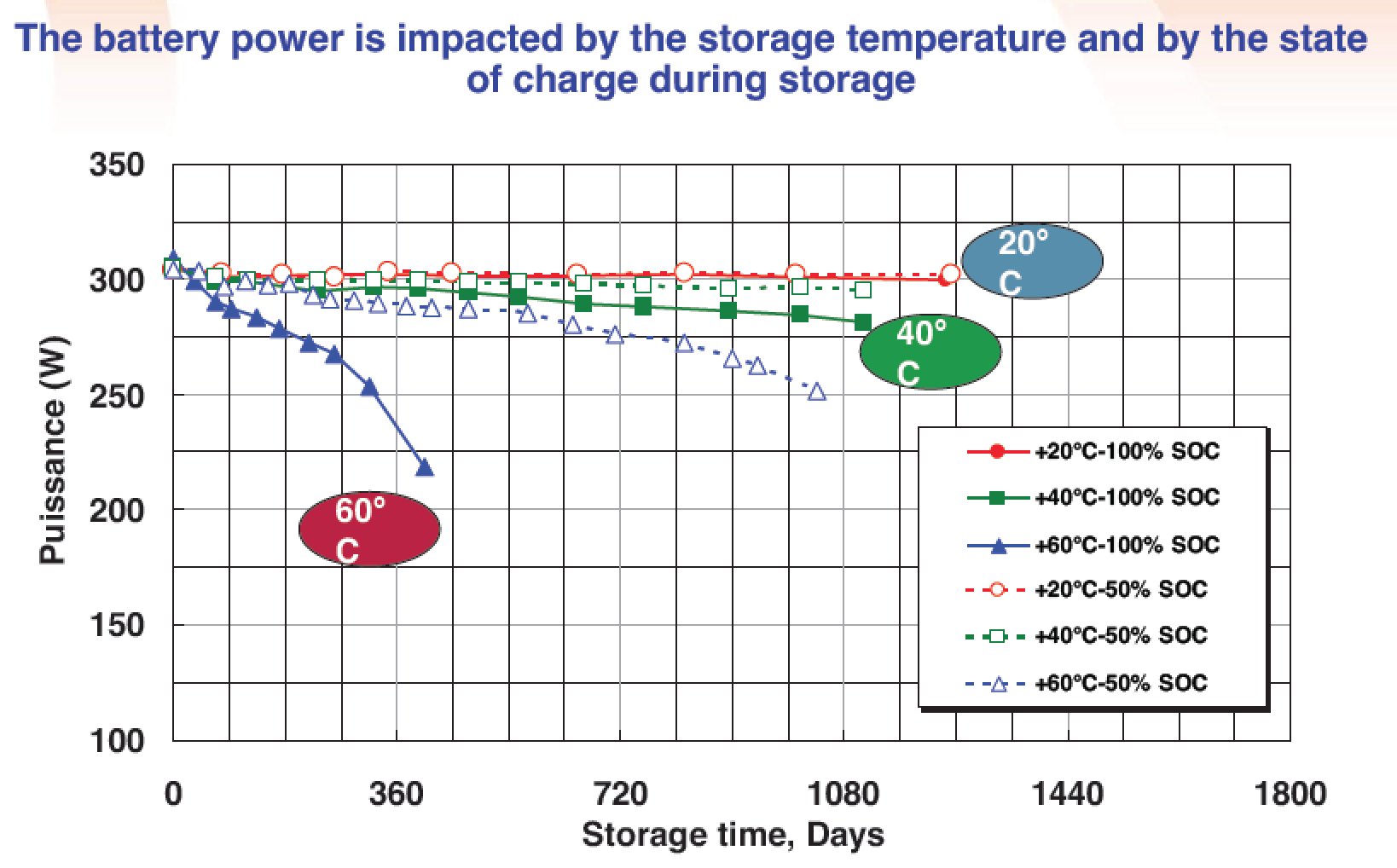SAFIERY UNIVERSITY
LITHIUM BATTERY OPERATING MANUAL

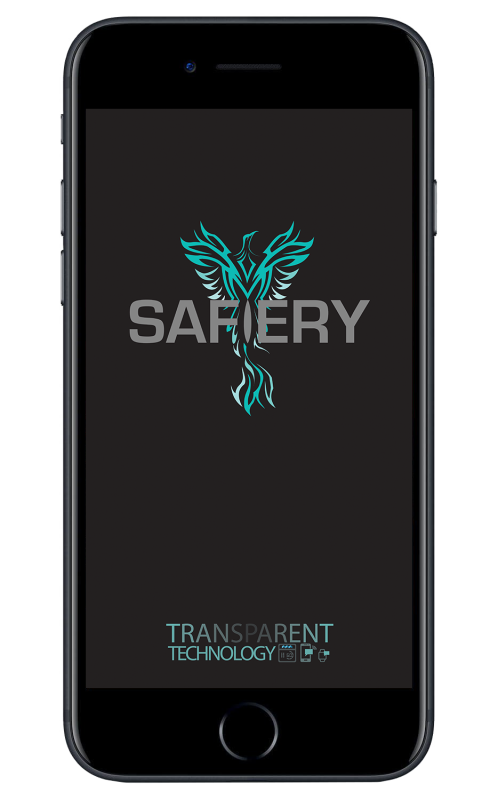
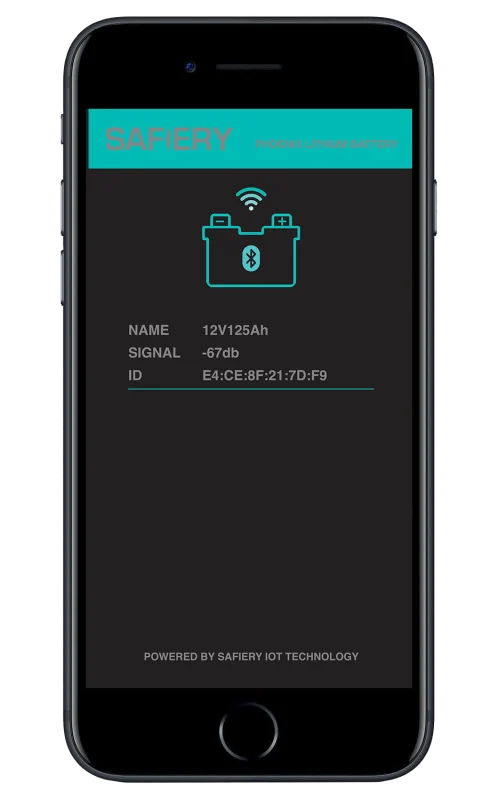
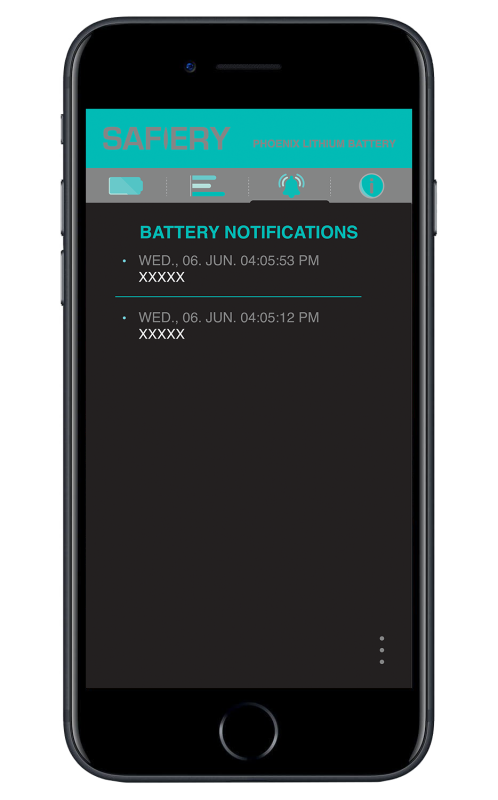
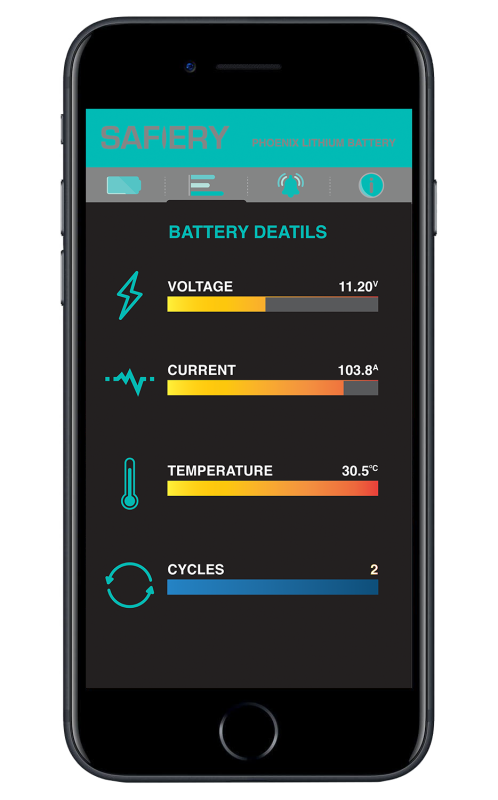
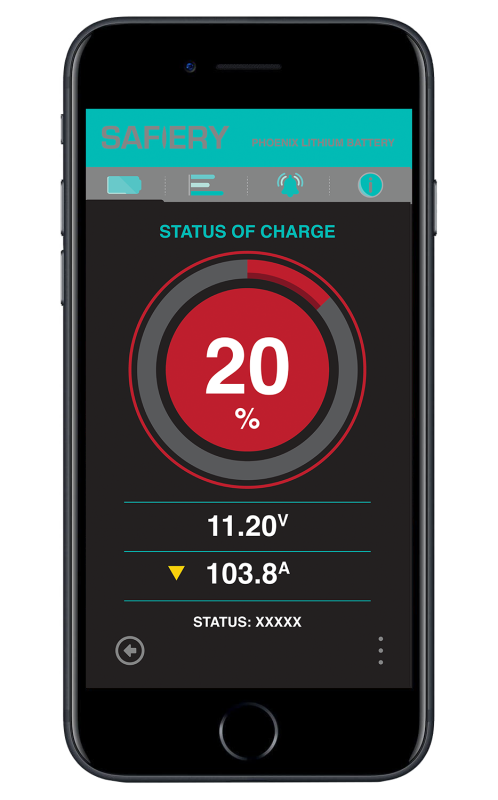
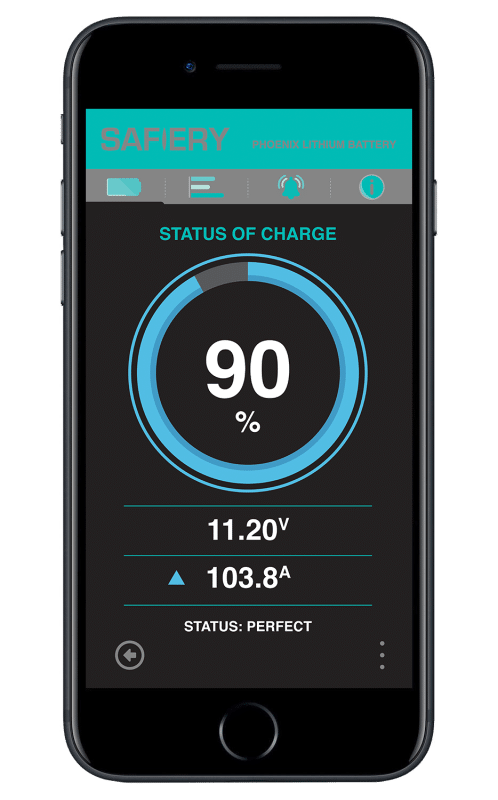
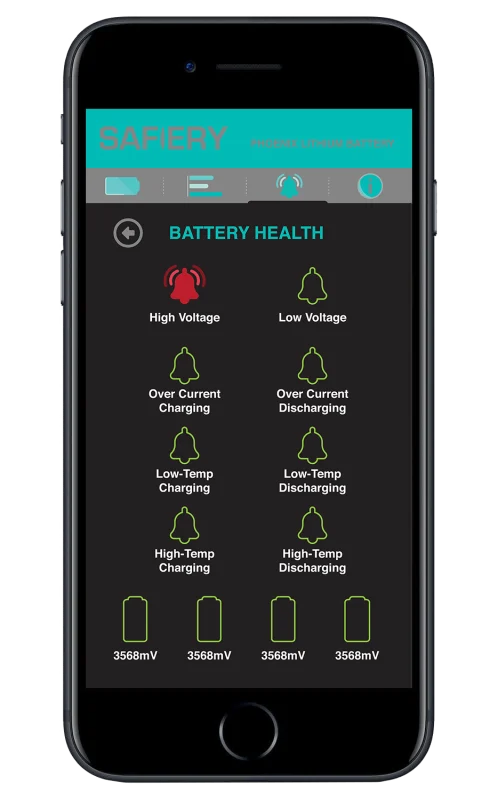
This screen display will show the batteries within Bluetooth range:
- The Signal strength is shown in “dB”.
- The number shown is the strength of the signal.
- This signal strength is stronger as the negative number gets closer to zero.
- So -48db is a stronger signal than -80db.
Extending battery life has these main parameters:
- Average Depth of Discharge of the battery
- Extreme deep discharge
- Shelf temperature in storage
- % charge in storage
1. Average Depth of Discharge of the battery
- The relationship between depth of discharge of a battery (called DOD) and battery life in cycles is not linear. The cycle life is a logarithmic change to the amount of depth of discharge. This means the number of cycles you can expect at 50% depth of discharge will be proportionately much more than the change in depth of discharge.
- Buying a second battery and running it in parallel will extend the cycle life considerably. The DOD will be half what it would have been otherwise. As a rule of thumb, operating two Lithium Batteries at 30% DOD instead of 60% DOD will extend the number of cycles by 300-400%
- This significantly improves the economics in the long term… providing the battery shelf life is sustained.
2. Extreme deep discharges have a significant detrimental effect on the cycle life. This is the main reason to have a smart battery monitor.
It can pay for itself on the first trip.
3. Storage temperature is important for battery shelf life. For Lithium batteries, keep them below 30 degrees C for best results. If the storage temperature rises to 60 degrees c, the life will be significantly reduced.
4. The % State of charge when stored is also a factor but a less significant one. For AGM batteries, storing at 100% is ideal. For Lithium batteries, storing at 50% will extend the storage life.
Here lies the management challenge:
- Keep the DOD of your batteries as small as possible while the battery is cycling;
- Arrive home with 50% SOC in the Lithium battery for best storage life.
To manage this you will need an advanced battery monitor…. with artificial intelligence.
You need to know two important items:
- State of charge (called SOC)
- Time to go (called TTG)
Simple Clean Colour Display with high contrast Gorilla Glass.
- Displays the State of Charge (SOC) as a percent with a coloured circle indicating the battery health (blue for healthy, orange for unhealthy, red for alarm)
- The “lightning” icon and blue “up-arrow” indicate 100% SOC is expected in 9.5 hours
ARTIFICIAL INTELLIGENCE
PICO is constantly monitoring battery current, voltage, (temperature). Parameters are constantly being adjusted using AI.
- You can set the averaging interval for calculating TTG (time-to-go) from “short” to “long”.
- You can tweak the target State of Charge (SOC) threshold for the time to go. A “pre-alert’ to a low battery state.
EASY TO SET ALERTS
To read the difference with Lithium Batteries click here.
- Change alerts based on the camping or boating conditions.
- Do on the smartphone with a simple select and slide.
- Set alerts to visible, audible or both.
- Set ALARM DELAY
- Set an OUTPUT on

